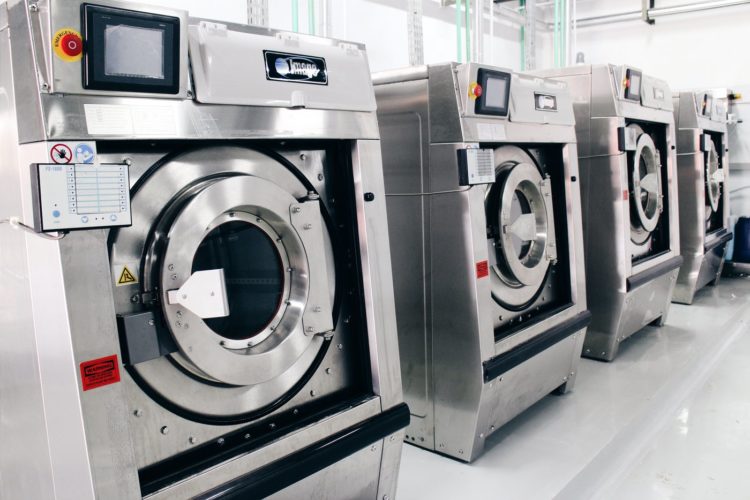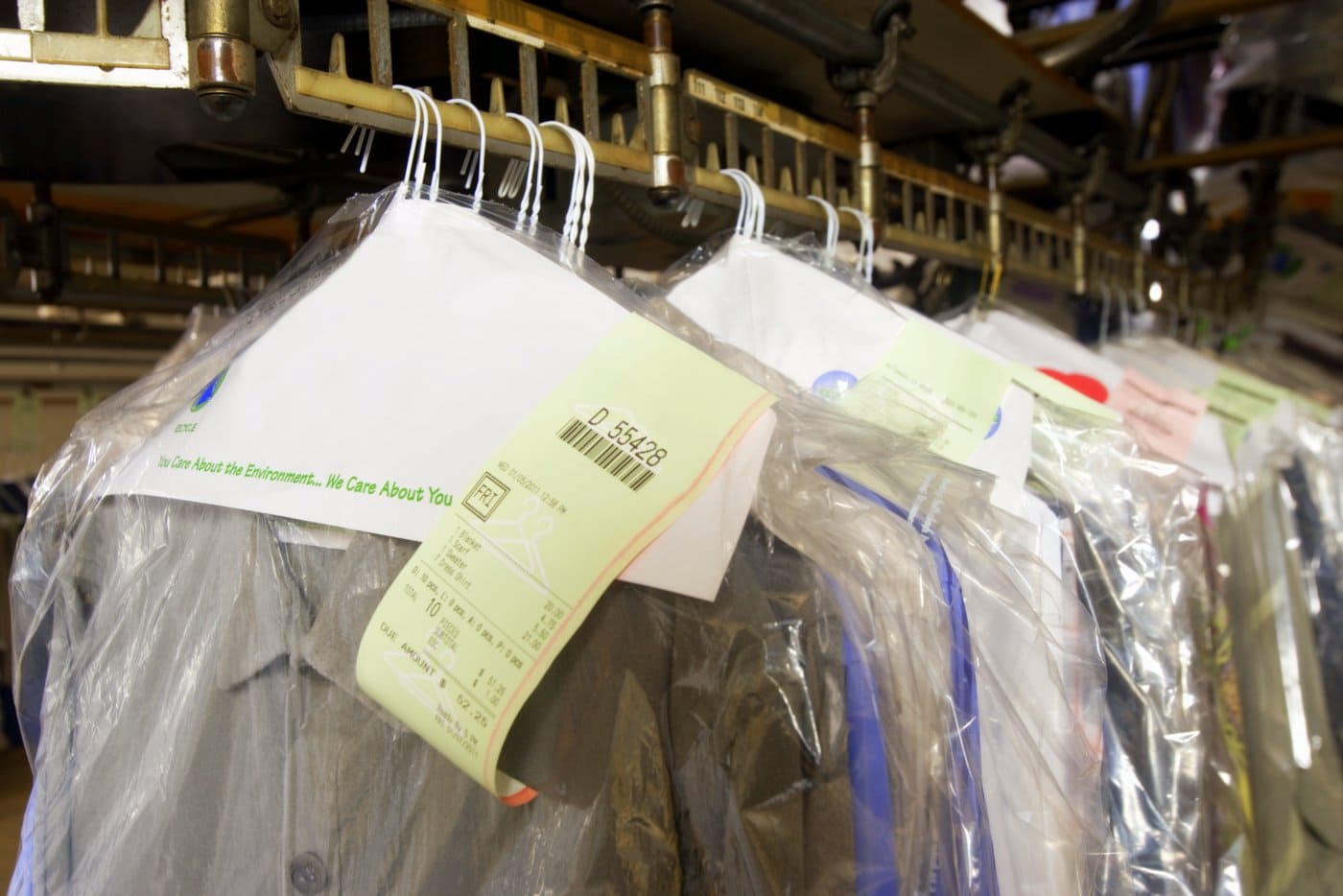How does dry cleaning work?
Dry cleaning is easy: You just bring your sweaters and jackets into a little shop, and when you pick them up a couple of days later, they’re clean.
But what happens in the middle there? How exactly does dry cleaning work?
Taken to the cleaners
While some people see garments listed as “dry-clean only” as a nuisance, they should take heart: If it weren’t for dry cleaning, you would have to wash that favorite cashmere sweater of yours in the bathroom sink every time you wore it.
Okay, so dry cleaning does make our lives easier, especially if one happens to have a predilection for certain delicate fabrics and materials. So this raises the question — if they don’t use washing machines or giant bathroom sinks to clean your stuff, how do they clean those things?
Jerry Seinfeld on dry cleaning — is it really dry? ( video)
Dry history
While we tend to think of dry cleaning as a fairly modern invention, history shows that the first use of organic solvents to clean clothing dates back to at least 1690, when spirits of turpentine were used to spot clean fat and oil stains.
Powered machinery for dry cleaning was introduced in 1869, the first dry cleaning plant made its appearance in the US in 1879, and by the early 1900s dry cleaners are doing a booming business — using raw white gasoline to clean clothes.
Of course, there’s a slight problem with gasoline in that it’s just ever so slightly flammable, and its vapors have an unfortunate tendency to explode violently when exposed to spark or flame.
As a result, many insurance companies refused to insure dry cleaning businesses and it wasn’t terribly uncommon to return to pick up your favorite suit only to find a pile of smoking rubble. Obviously a better solution was needed.
Various other solutions were tried in the early part of the 20th century, including Stoddard solvent — still petroleum-based, but with a higher flash point for better safety — and trichloethylene (TCE), which worked well except it tended to cause dye bleeding and corrosion of the dry cleaning equipment.

Better living through chemistry
By the late 1940s, most dry cleaners had settled on a substance called Perchloroethylene (commonly called “perc”), which was actually first synthesized by Michael Faraday all the way back in 1821. A chlorocarbon — comprised of chlorine and carbon — perc is a colorless, nonflammable liquid with a slightly sweet odor, and happens to be a rather effective organic solvent.
Wait, did you just say perc is a liquid? I thought this was dry cleaning? Was Jerry Seinfeld correct?
Yes. In this case, the “dry” simply refers to the fact that there’s very little or no water used in the cleaning process — not that no liquid is used.
Dry cleaners load your stuff into a machine that looks rather a lot like a typical front-loading washing machine, which then shoots a bunch of perc (or other solvent) into the drum, then gently agitates the whole thing around until the clothes are clean. Because very little water — or none at all — is used, clothes come out of the machine dry already, and they won’t fade or shrink.
The future of how dry cleaning will work
Like any technology — even a chemical-based one — dry cleaning is still evolving today.
Perchloroethylene may not be flammable, but it still isn’t particularly good for you or the environment in large doses. While it’s perfectly safe to wear clothes that have been cleaned with it, as there are only trace amounts left over after the cleaning process, perc has been shown to be “probably carcinogenic to humans” by the International Agency for Research on Cancer (IARC).
As a result, alternative dry cleaning solvents and methods continue to be developed. These include GreenEarth Cleaning — a chemically inert, non-toxic silicone-based solvent; hydrocarbon — a volatile, carbon-based compound which is less hazardous to workers (essentially a less dangerous version of the old white gasoline method); and CO2 cleaning, which uses liquid carbon dioxide — essentially the most environmentally-friendly, but also costly and can be less effective.







